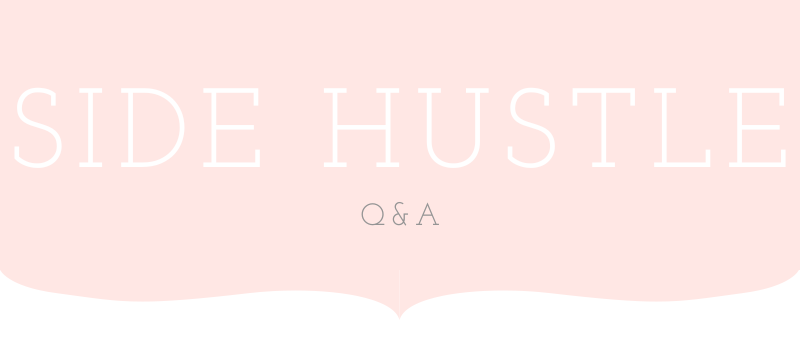
If you find yourself needing some extra financial support or need more funds to pay for a significant expense, borrowing money can be a good option for you to consider. There are a few ways you can do this, such as taking out a personal loan or a personal line of credit. A personal loan gives you a one-time cash payment, which you then will pay back in monthly installments during the loan’s term. You will also be charged an interest rate, which you will pay along with your monthly principal payments. On the other hand, CNET’s description of a personal line of credit (PLOC) is a kind of revolving loan in which you can withdraw from a set amount of money up to a certain limit throughout the draw period.
Depending on your situation, one option might be better than the other. Here’s what to consider before choosing:
Personal loans can give you a fixed amount
Some situations will call for a specific amount of money, in which case, a personal loan will do the job. It offers you a lump sum of cash you can spend on a particular project or expense. You can use them for various needs such as home renovations, big occasions like weddings, or one-time fixed expenses. Debt consolidation is another way you can use your personal loan. It can help with saving time and money when it comes to repaying what you owe.
Use a personal line of credit for flexibility
If you aren’t sure how much money you need for a project, however, a personal line of credit would be the most beneficial direction for you. Sound Dollar compared personal loans and credit lines and detailed how a line of credit would be better for a flexible repayment schedule due to the option to make interest-only monthly payments. They are suitable for financial emergencies, unexpected expenses, and ongoing payments.
Downsides to consider
Personal loans and a personal line of credit have advantages, but they both come with downsides, which may not be ideal for your needs. Personal loans can pay for almost anything, but they won’t work for all situations. CNBC highlights some prohibited uses for personal loans, including paying for tuition, making a down payment on your home, and business expenses. Some lenders may require you to pay the total amount plus interest if you breach your loan terms.
Unsecured personal credit lines usually have higher interest rates than fixed-rate loans and secure lines of credit, so the interest can quickly fluctuate due to variable rates. There is also a risk of overborrowing, and though your credit line has a limit, you might take advantage of its flexibility without thinking about repayment.
Make sure to shop around
No matter which option you’re planning to take, it’s essential to do your research and shop around before deciding on a lender or offer. Interest rates are a key factor to look at, as higher rates may only add to your burdens. Also, keep an eye out for extra charges you might have to pay other than the principal and interest and try to go for the option with minimal fees. Ensure you have a good credit score and borrowing history to secure a good offer.
Overall, both personal loans and a line of credit naturally come with their pros and cons. The important thing is to know which one will suit your situation and give you the most comfortable repayment processes. For more financial tips, check out our post on sources of Emergency Cash.
